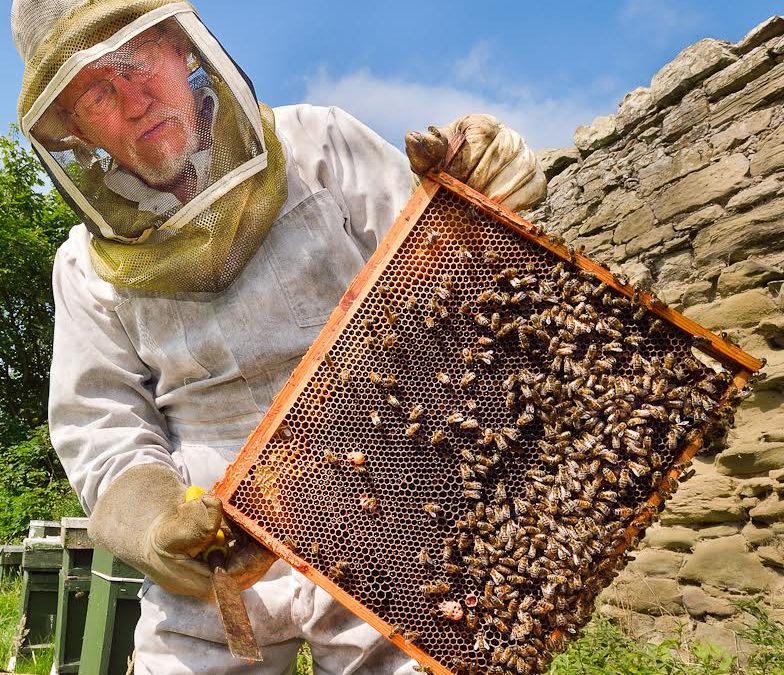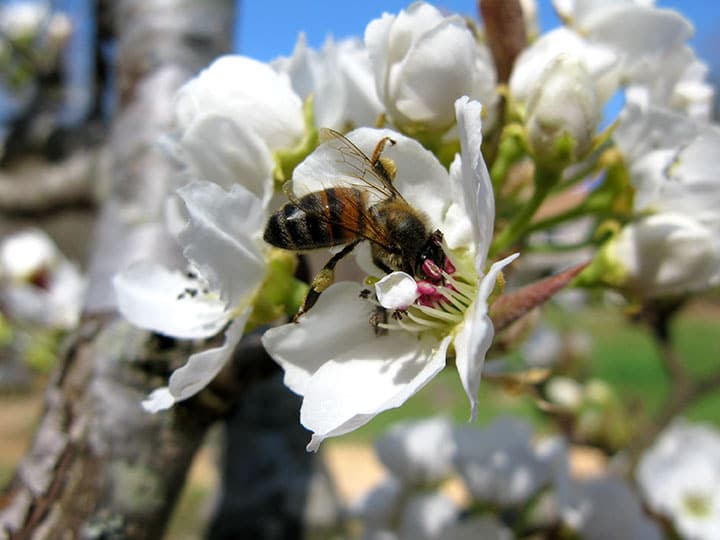
Pollinators in Peril
Pollinators have a staunch ally in Graham White. White, a small-scale hobby beekeeper in Scotland, has been an international campaigner on the dangers of neonicotinoid pesticides since 2003.

Pollinators have a staunch ally in Graham White. White, a small-scale hobby beekeeper in Scotland, has been an international campaigner on the dangers of neonicotinoid pesticides since 2003.

Healthy pollination is the goal almost every beekeeper starts with, but it is often easier said than done.

Forest-to-table products are growing in popularity, not only for consumers, but for farmers as well.

The abundance of the earth is made possible by just a few elements, and the primary ones are free. Carbon, hydrogen, oxygen and nitrogen are everywhere, in air and rain. I have really good news. We know how to grow food without hurting the land, air or water, in a way that is good for us, too. It’s simple and easy, but we need four things: minerals, a grass/legume pasture, ruminants and some way to loosen the soil. Also, we can’t be too greedy.

Many organic farmers are accused of overtilling the soil. Tillage is used for pre-plant soil preparation, as a means of managing weeds, and as a method of incorporating fertilizers, crop residue, and soil amendments. Now, armed with new technologies and tools based on sound biological principles, organic producers can begin to reduce or even eliminate tillage from their system.

It was a few years later, after corresponding with Dr. Ernst Okress of American Standard Corp., that I knew for certain that insect antenna sensilla were dielectric, or plastic-like, antennae. That is the subject of Tuning in to Nature. In other words, insects utilize frequencies, not scents, to find their way around in nature.